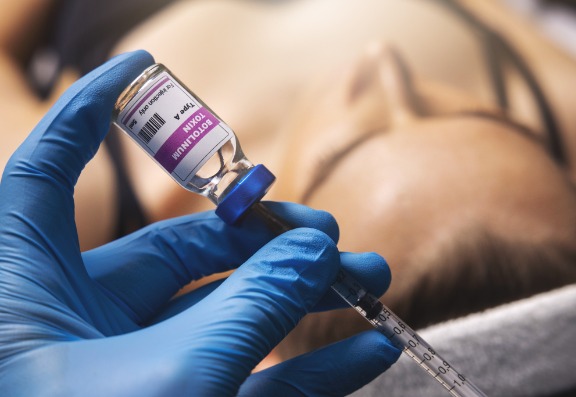What is Botox?
Botox is a purified form of botulinum toxin type A, a neurotoxin that temporarily relaxes specific facial muscles.
When injected strategically, it can smooth out wrinkles, soften expression lines, and enhance certain facial features.
The key to achieving a natural look with Botox lies in the technique and understanding of facial anatomy.

Botox Natural Results

After your Botox treatment

Author: Dr Emma Goulding
Dr Emma Goulding is an NHS and aesthetic doctor based in Hale, Altrincham. She prioritises a patient-centred approach to aesthetic medicine. This means you will receive a comprehensive consultation, where all options can be discussed, and any questions addressed. As this is a bespoke clinic you will not be treated with a one-size-fits-all approach, and every treatment will be tailored specifically to your needs.
Dr Emma Goulding graduated from The University of Manchester Medical School in 2017 after previously gaining an honours degree in Medical Sciences from The University of Leeds. Having practised medicine both here and overseas in Australia, she is now undertaking her GP qualification within the North West Deanery.
In addition to her NHS work Dr Emma has been practising aesthetic medicine for over 6 years and currently teaches other medical professionals in this field at the award-winning Training Academy, Acquisition Aesthetics. Her work in the aesthetic field has been nationally published in magazines such as the Aesthetics Journal, and she is also an associate member of the highly esteemed British College of Aesthetic Medicine.
Outside of her medical work Dr Emma is a busy mum and as a result of this has a passion for pregnancy and postpartum care within her work.
Her friendly and caring approach to medical aesthetics is welcomed among her patients.
To view more blogs by Dr Emma Goulding please click here.
